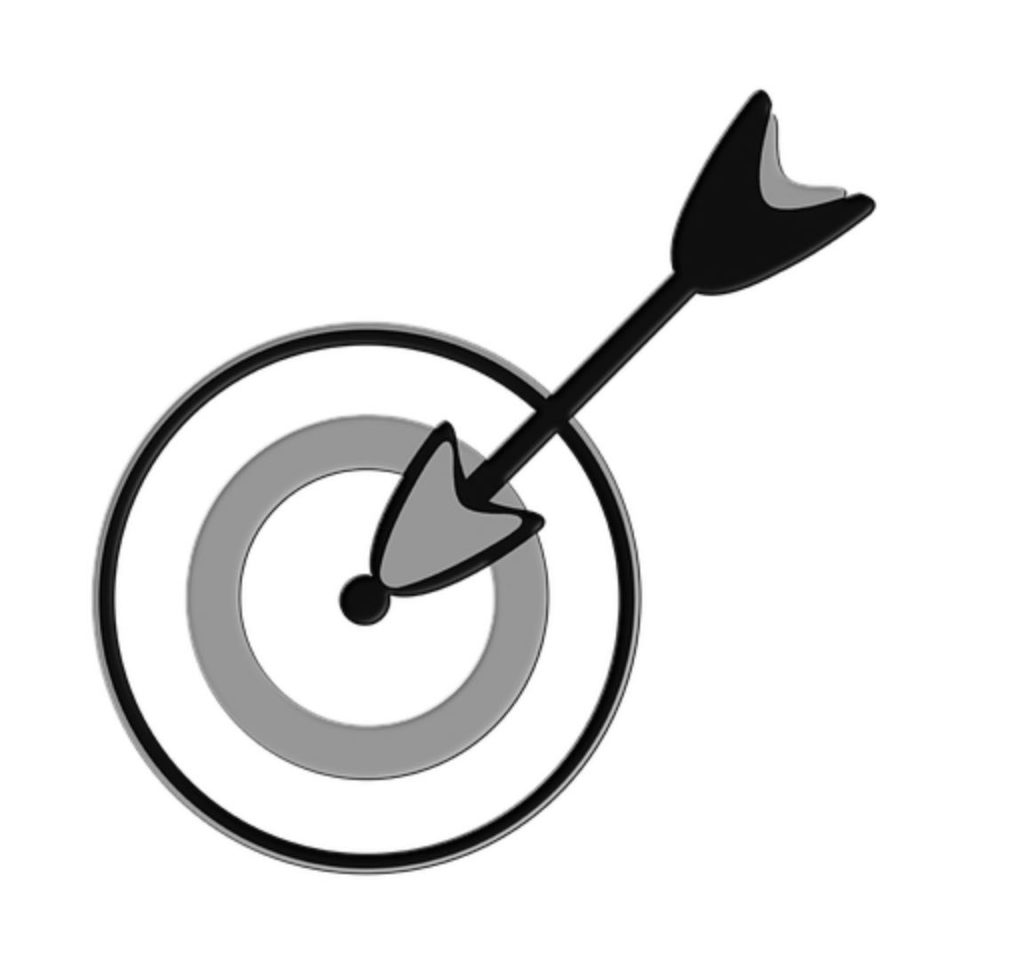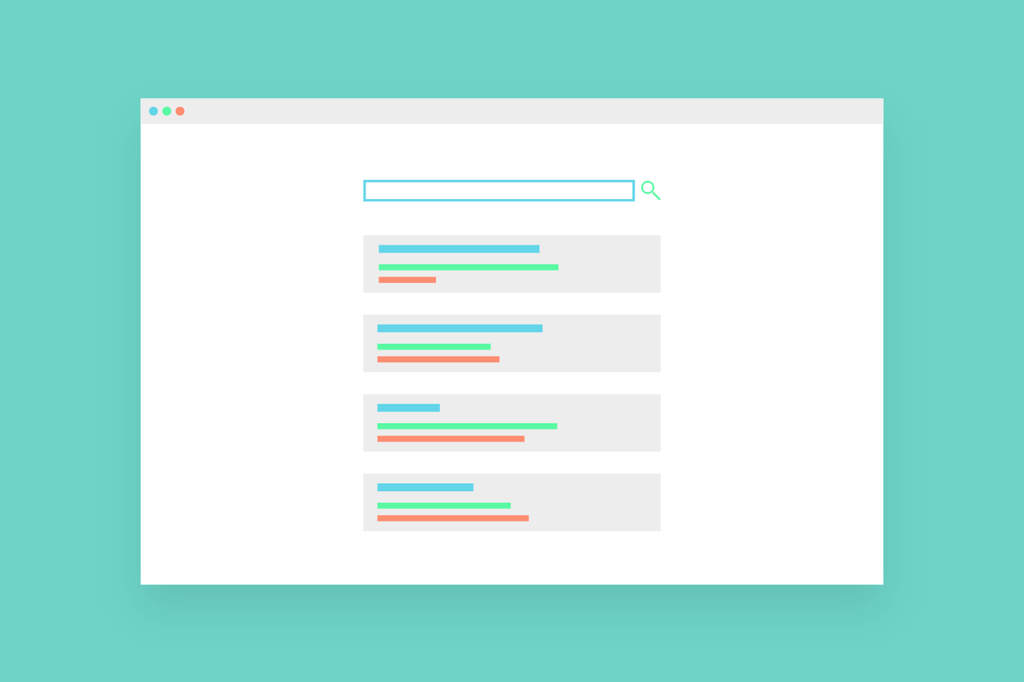Writing Content for SEO
Before I discuss how to write content with SEO in mind, let’s forget about search engines.
Great content must first provide value to the readers in the most simplified and expert way possible. The content should answer the reader’s questions, and always present something new so they don’t walk away feeling like they wasted their time.
Remember that we only have 1440 minutes in a day. Nobody wants to waste any of those minutes reading crappy content that doesn’t immediately add value.
From a content-creation perspective, strong SEO strategies should begin with a reader’s intent. This topic – and others – are covered here in these following blog posts:
With those thoughts in mind – write each piece of content for the reader first, not the search engines – let’s get into some tactics about writing content for SEO (learn about SEO basics here).
1. Keyword Research Matters
For optimal search results, the writing process should begin with keyword research. Search Engine Optimization is essentially a young industry but changes rapidly due to the folks at search engines like Google constantly updating their algorithms that affect search rankings.
Keyword research involves finding optimal keywords that your website can actually rank for. This is especially true for newer websites that don’t have much authority in search engines due to the lack of strong links pointing towards the website; those links from other respected websites are like votes to your website. They help establish authority.
A decade ago keyword research was much simpler, and no frowned-upon tasks such as keyword stuffing a page would actually provide strong results.
Multiple keyword tools are available to aid in search. I am a huge fan of SEMrush.
The optimal keywords are typically long-tail keywords that are more targeted over being generic (SEO content strategy vs SEO).
Along with this arrives much lower monthly search volume. In our quick example, SEO content strategy has a monthly search volume of 170, and SEO 110,000. Yes – it’ll be much easier to chase the lower volume keyword.
Main service pages typically target higher volume keywords, but interior pages can get much more granular by targeting longer-tail keywords.
 This is why blogs are so popular. Not only do they provide value to readers and build your brand’s awareness as a thought leader within your space, but they also add to SEO by allowing your website to target more and more keywords that prospective customers/clients are using in search queries.
This is why blogs are so popular. Not only do they provide value to readers and build your brand’s awareness as a thought leader within your space, but they also add to SEO by allowing your website to target more and more keywords that prospective customers/clients are using in search queries.
Once you have a targeted keyword, you want to optimize that particular page around it, using it in all main SEO elements – especially the main headline (title tag, which is discussed more below). You also must find related keywords to use throughout the article, which helps us get into Latent Semantic Indexing; I won’t confuse you here with that but can point you to a great Search Engine Journal article about the topic.
Keyword tools like SEMrush make finding these related keywords an easy task. When optimizing existing content for clients, I always see a major jump in results when we optimize the page/blog for a targeted keyword, and use related keywords throughout.
Write with the list of related keywords nearby, but incorporate them into content as seamlessly as possible. You can tell content that is sloppily filled with related keywords.
This is one reason why ContentMender’s business model relies on multiple freelance content writers over having one or two full-timers in house. I match the writer with the client so the expertise on the subject matter and quality of writing is there. This content will naturally have many supporting keywords.
I also provide “SEO Content Templates” to each writer that provides a basic layout of what’s needed from an SEO perspective, such as an optimized title for targeted keyword, related keywords, average length of top articles ranking for that keyword, and research.
Some of my freelancers have zero SEO knowledge — and some of them shouldn’t. I let them focus on what they are good at.
One other concept is worth mentioning: keyword mapping. When the ContentMender team optimizes a website, they also map targeted keywords to each page to create a logical map for visitors.
Keyword mapping helps make the connections between a page’s purpose and the audience needs by placing keywords in just the right places – a practice that is not only necessary for traditional search but also (perhaps even more so) for voice search, which is rapidly growing.
 2. Using a Target Keyword in Your Strongest Signal, the Headline or Title Tag
2. Using a Target Keyword in Your Strongest Signal, the Headline or Title Tag
The headline – or as SEOs call it a title tag – is arguably the strongest signal that web pages can send to search engines in regards to what the page is about. This is why it’s absolutely crucial to always use your target keyword in the headline.
Many SEOs say to use the target keyword upfront in the headline, but while completing some A/B testing for various clients, we never saw the impact.
Just make sure it’s used in the title tag.
Also, remember that the optimal length for a title tag is between 50-60 characters because search engines truncate everything after 60 characters. This requires a bit more creativity when crafting titles, but all efforts are extremely worth it.
I spend as much creative energy as I do writing a headline as I do the content itself; the title is important for both a user and a search engine perspective.
Always try to excite the audience’s curiosity, or simply answer a question. And over the past decade of writing/optimizing content for various clients, I found that odd numbers and the use of parentheses or brackets have much higher click-through rates – as much as 30 percent in some cases.
This definitely has to do with our psychology, but I will offer more in an upcoming blog with a few case studies.
3. Unique Meta Descriptions are a Must
From a searcher’s perspective, the title tag does the most work. And it’s supported by the meta description – that short summary of what your page is about under the headline in search engine results pages (SERPs).
Here’s another item that should always contain your target keyword, though search engines like Google say keywords have zero ranking factors in meta descriptions.
I always use the target keyword, along with a closely related keyword if possible. The reason here plays on the psychology of users in the search results. Google will bold the keyword in the meta description if that keyword was used in the search query. This attracts more attention.
Always write a unique meta description for each page and blog. Service and product pages should focus on the exact value readers will get from those services or products. Blogs take a bit more considering the subject matter was designed to further educate over highlight a service or product. Make sure to generate some curiosity with your blog meta descriptions, or directly answer a question that a reader may be thinking about when searching for the information your blog is about.
As a best SEO practice, always keep them limited to 160 characters. This is the same as the title tag above; search engines will truncate everything after 160, though we continue to see some that are much longer in search results.
Keep the meta description to 160 characters, and again put much creative energy into them; they can make a world of difference in regards to someone opening your page/blog posts over another competitor’s web page.
4. Use and Optimize Those Subheadings
In a world saturated with information, subheadings – or as SEOs call them headline tags – add to the user experience. Think of the popular listicle article. Readers can glance through them quickly and only read what interests them.
Again, with only 1440 minutes available in a day, there’s no time to waste on crap content.
Not every article has to be a listicle, but each one should use subheadings to chunk the content into smaller sections that are easy to digest. Again, you are also catering to the reader’s needs but quickly pointing out what that section of content is about. This allows readers to quickly glance through the subheadings and read what they want.
Subheadings are also a great place to put keywords that are closely related to your target keyword. These subheadings are coded as H1, H2, H3, etc. tags. The H1 is typically the main headline (title tag), and typically H2 or H3 tags are used for subheadings.
These also send signals to search engines that this section of content is important, which again makes it an optimal place to use closely related keywords.
5. Internal Linking Tactics
Internal linking has two main missions. First, it provides the readers with additional resources if they want to continue educating themselves about a certain topic.
This also keeps them on your website longer, which increases their time on your site and lowers your bounce rate – both signals to search engines for a website that features strong content.
Also, when internal links are used it improves the crawlability of your site. The internal links allow search engines to easily crawl through the pages instead of coming to a dead end. Also, the page that is linked to within the anchor text – the words that contain the internal link – sends signals to search engines that you value the content on that page. This helps drive more authority to that page.
6. Optimized Images and Photos
Every page of content needs an image, and multiple images or infographics to help further express the ideas within the content itself. Images also appeal to the visual learner.
As for best SEO practices, always make sure the images are compressed (reduced in size) to improve loading times and page overall page speed. All images should feature optimized titles and alt texts – make sure to use target keywords in these places if possible. They help further send signals to search engines about the value you are placing on that keyword.
7. Never Forget BBs in SEO – Bold and Bullet Points
If a section of content can be laid out in bullet points, use them. These, along with bolded words, send additional signals to search engines about the value you place on that content.
From a user perspective, these “BBs” garner quick attention. Bullet points help organize the content for easier reading, and bold words quickly draw attention to that section, helping send signals to the reader of what you think is important.
Concluding Thoughts
In today’s world of endless online content, strong content writing combined with SEO is a must; neither can exist alone.
The tactics above will help get you started on the steps that are needed when writing content for SEO.
Quality content begins with the reader in mind. A content writer educates and adds value from the first sentence onwards. But without some SEO guidance, those efforts can quickly prove useless and reach a smaller audience due to the lack of SEO thinking.
If your business struggles with content, reach out to ContentMender today. I will match the optimal writer to your content needs, and each piece will be created with SEO in mind. ContentMender can also optimize all existing content, and make sure your website’s other SEO elements are providing your website with the most value.






